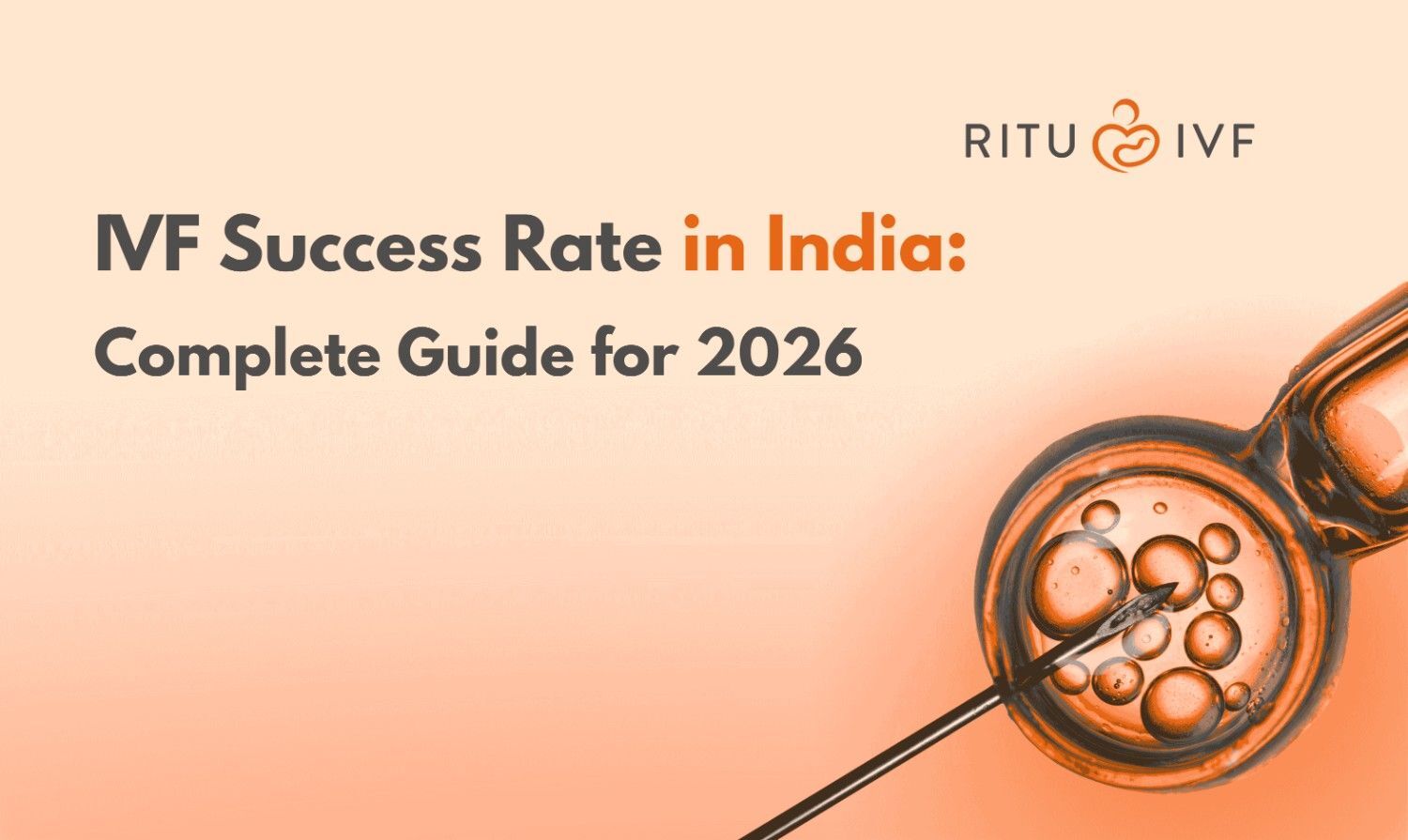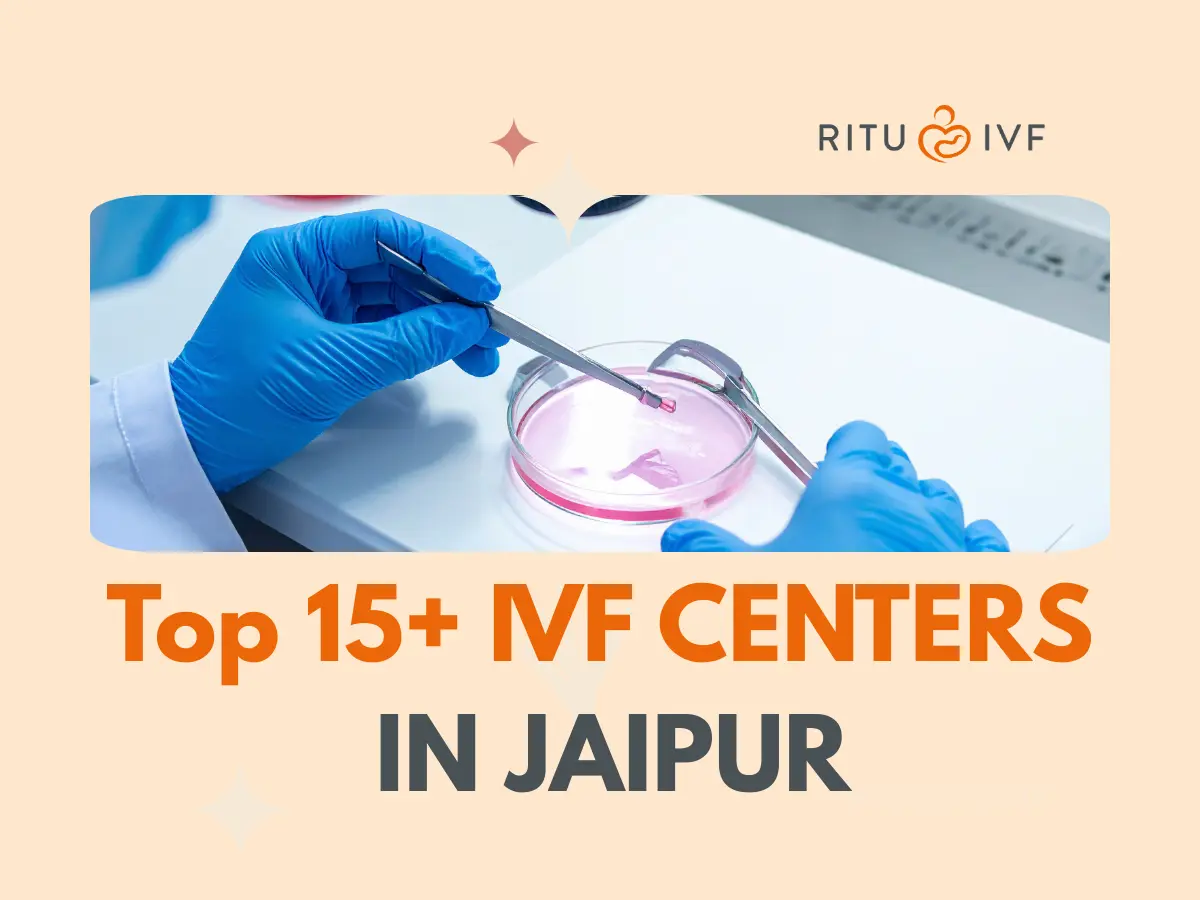In vitro fertilization (IVF) has emerged as a pillar of assisted reproductive technology and a welcome solution to childless couples and individuals facing infertility. With the increasing number of trained and experienced fertility specialists and improved medical environments, India has quickly become a favoured travel destination for IVF treatment. From the least effective to the most advanced treatment options, and sundry types of IVF treatment, couples have an array of treatment options to improve their chances of conception and reduce dangers.
Identifying the different types of IVF treatments in India is vital to making knowledgeable choices! Both donor eggs, the minimal stimulation protocol or gonadotropins are designed to address a specific fertility concern or lifestyle concern. India, with various degrees of success in terms of cost and processes involved, offers a wealth of IVF options, experienced embryologists, and patient-centred, advanced laboratory care. In this blog, we will summarise the types of IVF treatment to assist patients in navigating the options presented and determining which treatment best matches their challenges/situation.
Understanding Types of IVF Treatments in India

1. Conventional IVF
Conventional IVF is one of the standard types of IVF treatment. It includes stimulating the ovaries, leveraging fertility medications to produce multiple mature eggs. Once eggs are retrieved from the ovaries, they are further placed in a laboratory dish with thousands of motile sperm. Fertilization occurs naturally within controlled environments, and resulting embryos are tracked for development before being transferred into the uterus.
Using this process, embryologists can select the best embryos for the couple to implant, consequently increasing the likelihood of achieving pregnancy. Conventional IVF is appropriate for patients with unexplained infertility as well as male factor infertility (mild-diagnosed male factors). This is traditionally used in embryo selection, but it also allows for other methods like Preimplantation Genetic Testing (PGT).
Best For: Couples having endometriosis, male factor infertility or unexplained infertility.
Success Rate: 40% to 55% per cycle (depends on age and egg quality).
2. Natural Cycle IVF
Natural Cycle IVF does not initiate the utilization of fertility drugs to stimulate the ovaries. It instead partners with a woman’s natural menstrual cycle to achieve egg retrieval, focusing on one egg that matures naturally. The egg is retrieved, fertilized with the sperm in the laboratory, and a quality embryo is transferred back to the uterus. Taking this approach questions the hormonal stimulation and risk of ovarian hyperstimulation syndrome (OHSS).
While kinder on the body and less invasive with fewer embryos produced, Natural Cycle IVF is recommended for women who wish to take a natural approach or who do not respond well to fertility medications; however, success rates are lower due to fewer available embryos.
Best For: Women who cannot tolerate fertility drugs or a medication-free approach.
Success Rate: 10% to 20%.
3. IVF with Intracytoplasmic Sperm Injection (ICSI)
ICSI is a specialized types of In Vitro Fertilization developed to address male infertility.
In this procedure, instead of mixing many sperm with the egg, a single healthy sperm is directly injected into the cytoplasm of the egg, leveraging a microneedle. This approach makes sure fertilization even when sperm count, morphology or motility is poor.
After fertilization, the embryo develops as standard IVF and is later transferred to the uterus. ICSI has transformed male fertility treatment by allowing conception in cases that were previously impossible. It is further used when previous IVF cycles have shown poor fertilization results or when frozen sperm or eggs are used.
Best For: Couples who are experiencing male infertility (poor motility, abnormal morphology, or low sperm count).
Success Rate: 50% to 70% fertilization rate per egg injected, overall pregnancy rate of 40% to 50% per cycle.
4. IVF with Donor Eggs
IVF with donor eggs is one of the effective IVF treatment types for women who cannot produce viable eggs due to age, genetic disorders or premature ovarian failure. In this procedure, eggs are retrieved from a healthy donor (usually under 30), fertilized with the intended father’s or donor sperm and embryos are then transferred to the recipient’s uterus.
This technique provides a high success rate since donor eggs come from young and fertile women. It allows women to achieve the experience of pregnancy and delivery even when their eggs are considered non-viable. Emotional and legal counselling is part of the process to ensure comfort and clarity for all parties involved.
Best For: Women with poor ovarian reserve, genetic conditions or advanced maternal age.
Success Rate: 60% to 70% per cycle.
5. IVF with Donor Sperm
IVF with donor sperm is recommended for couples dealing with severe male infertility, same-sex female couples or single women. During this procedure, donor sperm (from a sperm bank or a known donor) is leveraged to fertilize a woman’s eggs in the laboratory.
The sperm donated for embryo creation is tested for infectious and genetic diseases to ensure safety and healthy embryo development. This recommendation is for a situation when natural conception cannot occur because the male partner either does not have healthy sperm, is not available for this treatment or has an injurious gene.
Ideal for: single women, couples with male fertility issues, or same sex female couples.
Success Rate: 50% to 65% per cycle, varying based on age and quality of the eggs.
6. Mini IVF (Mild Stimulation IVF)
Mini IVF, also termed as mild stimulation IVF, is a reliable types of IVF treatment that uses a lower dose of fertility drugs compared to conventional IVF. The aim is to produce fewer high-quality eggs while alleviating discomfort and cost. Like traditional IVF, the similar steps are egg retrieval, fertilization, and embryo transfer, but with limited stimulation.
Mini IVF is an affordable option for women. It also provides low stimulation and a lower risk of ovarian hyperstimulation and side effects. It is especially appropriate for women with low ovarian reserve or for women who are looking for IVF that is less invasive and more natural.
Great For: Women with low ovarian reserve and perhaps those looking for a more affordable, low-medication IVF option.
Success Rate:30% to 45% per cycle
7. Donor Embryo IVF
Among different types of IVF options, donor embryo IVF includes sperm and egg from donors. The embryo is created in a lab and then transferred to the recipient’s uterus. This may be considered if both partners have infertility-related issues (like poor egg quality and poor sperm).
It includes the same process of the IVF procedure, only the sperm/egg is collected from the donor and then combined in the lab to create a quality embryo.
Best For: Couples where male and female gametes are non-functional or carry a genetic risk that they do not want to pass on further.
Success Rate: The success rate is also high with donor egg/sperm IVF, depending on embryo quality, since donor healthy gametes are used.
Your Journey to Motherhood Starts Here
“With advanced fertility care and personalized support every step of the way.”
Contact UsConclusion
In India, specialists and clinics provide varied types of IVF treatment customized to dynamic fertility challenges. Ranging from traditional IVF to cutting-edge techniques like donor-assisted IVF, ICSI and frozen embryo transfers.
With personalized care, up-to-date technology, and expert providers, couples will have a higher likelihood of having a positive pregnancy outcome while selecting the method that best fits their medical, financial and lifestyle requirements. If you would like to know which type of IVF is best for achieving success for your condition, reach out to the Ritu IVF experts today!
FAQs
Q1. How successful is IVF in India?
Ans. Success rates vary by age, health, and procedure type, with a 30% to 50% success rate per cycle for women under 35.
Q2. Can same-sex couples opt for IVF in India?
Ans. Yes, with donor eggs or sperm, same-sex couples can undergo IVF, along with legal requirements.
Q3. How long is an IVF cycle?
Ans. A standard IVF cycle (from stimulation of the ovaries to transfer) lasts 4-6 weeks.
Q4. How many embryos are transferred on average?
Ans. 1-2 embryos are transferred, usually for all types of IVF treatment, to reduce the risk of multiple pregnancies.




